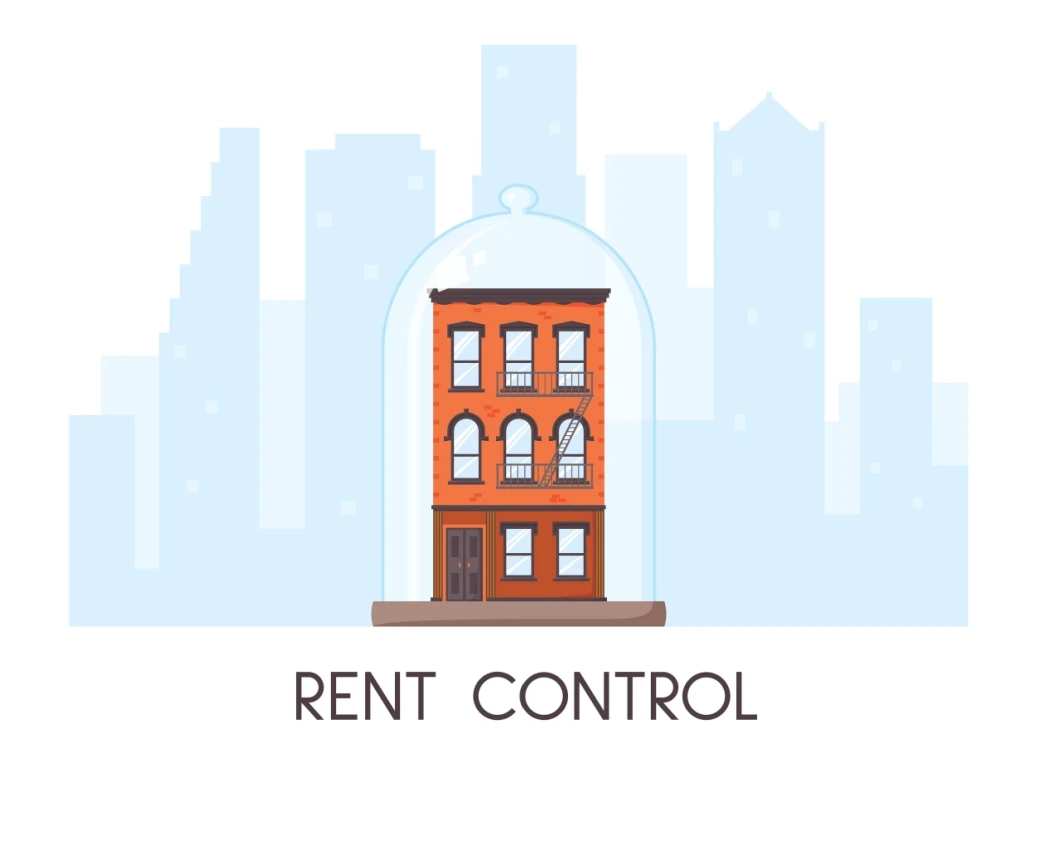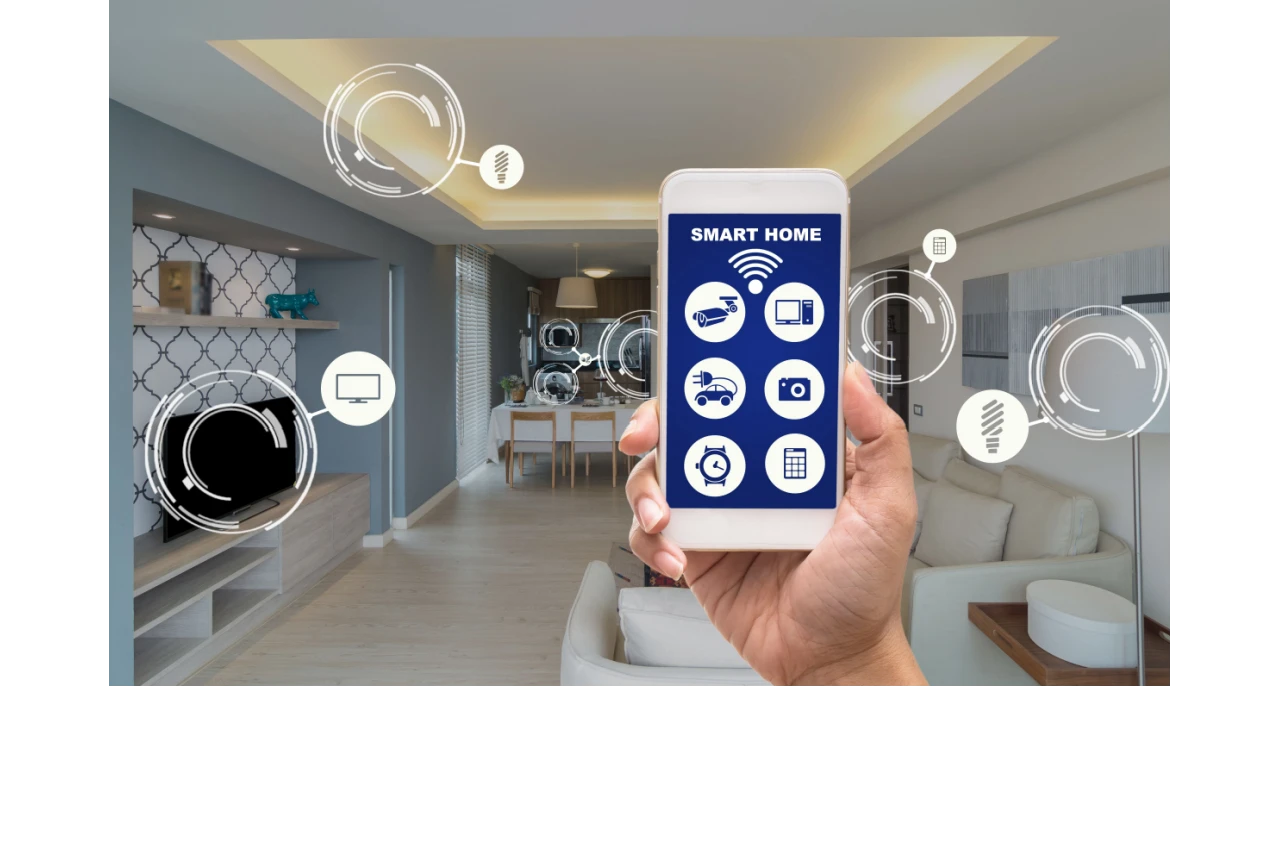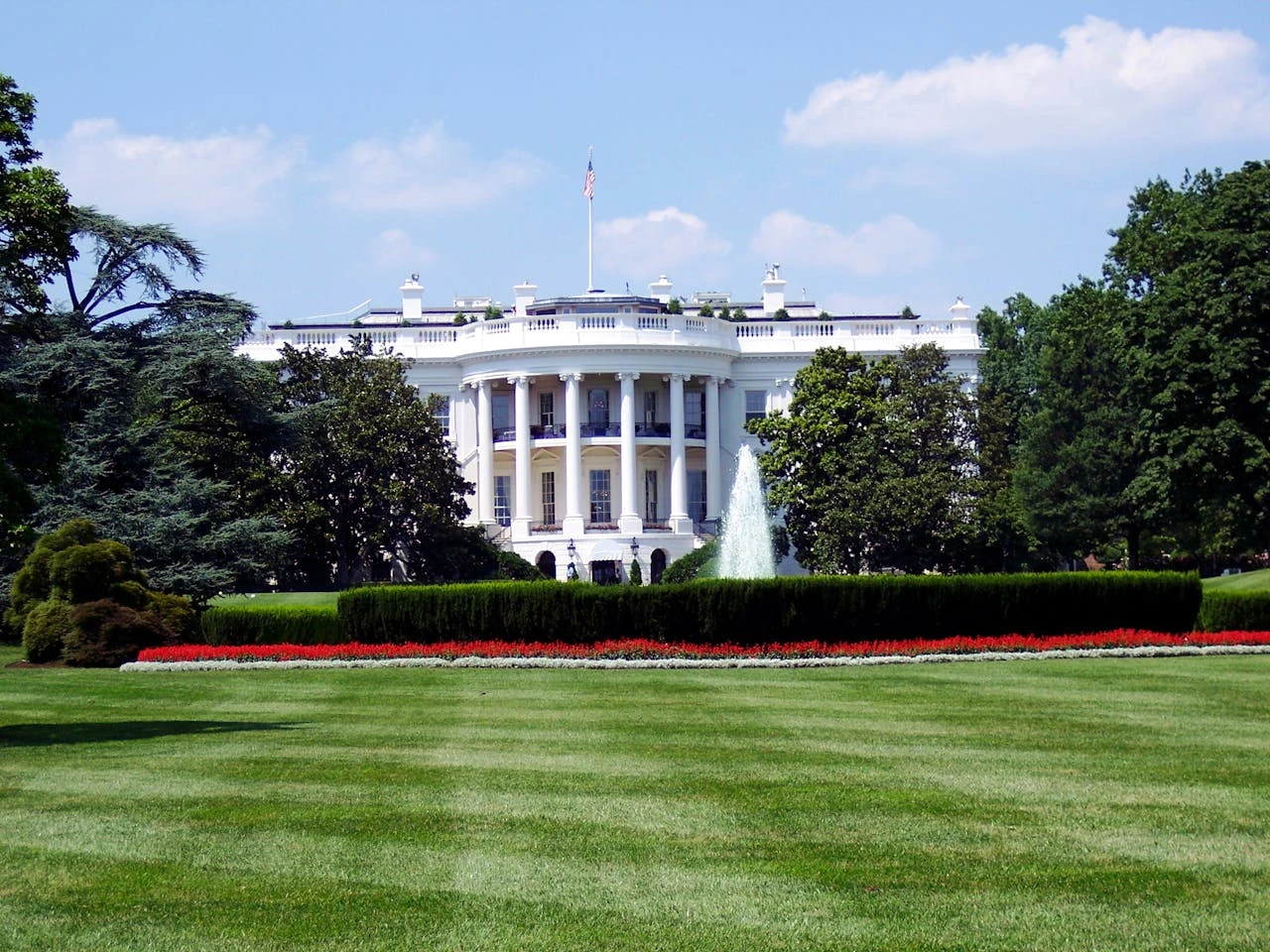
How to Be a Remote Landlord
Whether you’ve moved out of state while retaining a rental property, inherited an out-of-state rental property, or invested in one, mastering remote landlordship is crucial. Fortunately, tools like AAOA (American Apartment Owners Association) can assist with tenant screening, such as ResidentScore and our leasing recommendation system, regardless of your location.
Remote landlordship offers numerous benefits, particularly if you prefer a hands-off approach or reside far from your rental properties. To delve deeper into remote landlordship and how AAOA can help, consider the following tips.
Tips for Remote Landlordship
Operating as a remote landlord requires leveraging technology, and fortunately, there’s plenty of good technology available. From websites for listing your rental property to resident screening services and tenant portals, numerous tools enable remote property management.
Here are some tips to facilitate your transition to remote landlordship:
- Utilize Online Listing Websites Online Rental listing platforms are indispensable tools. Simply upload property photos and details, and you’re set. These platforms allow you to modify listings if needed and facilitate communication with potential renters. Be aware that some platforms may charge fees, which vary by state. Establish a budget to ensure listing your properties doesn’t strain your finances.
- Screen Your Tenants Thoroughly Screening tenants is essential to ensure you’re renting to suitable individuals. Screening helps avoid late rent payments, property damage, and other issues. With AAOA, checking a prospective tenant’s rental history is straightforward. Our credit reports for landlords provide valuable information to make informed leasing decisions.
- Use an Online Rent Payment System Ensure rent is paid on time with an online rent collection system. These systems offer convenience and automate payment collection, reducing the hassle of managing rent payments remotely. While these tools require investment, they can prevent non-payment of rent, a common concern among landlords.
- Foster Open Lines of Communication Effective communication is vital when managing a rental property remotely. Use email, text messages, and video chat to stay in touch with tenants. Provide your contact information and encourage tenants to reach out with any concerns.
- Connect With Local Contacts Establish relationships with local contractors who can address maintenance issues promptly. Having reliable contacts for repairs and maintenance ensures your property is well-maintained and tenants are satisfied.
- Host Virtual Property Tours Attract potential renters with virtual property tours. These tours provide a detailed view of the property, allowing prospective tenants to assess suitability remotely.
- Use Accounting Software Utilize accounting software designed for rental property management to streamline financial tasks. These tools simplify expense tracking, income management, and financial reporting, ensuring financial transparency.
- Conduct Periodic Visits Visit your rental property at least once a year to assess its condition and address any issues. Regular visits allow for timely repairs and maintenance, contributing to tenant satisfaction and property upkeep.
Becoming a remote landlord is straightforward with the right tools. Online listing platforms, tenant screening services, and online rent payment systems facilitate remote property management. Consider leveraging AAOA’s resources to streamline the process and simplify tenant screening.
Need a Lease Agreement?
Access 150+ state-specific legal landlord forms, including a lease.















 Accessibility
Accessibility